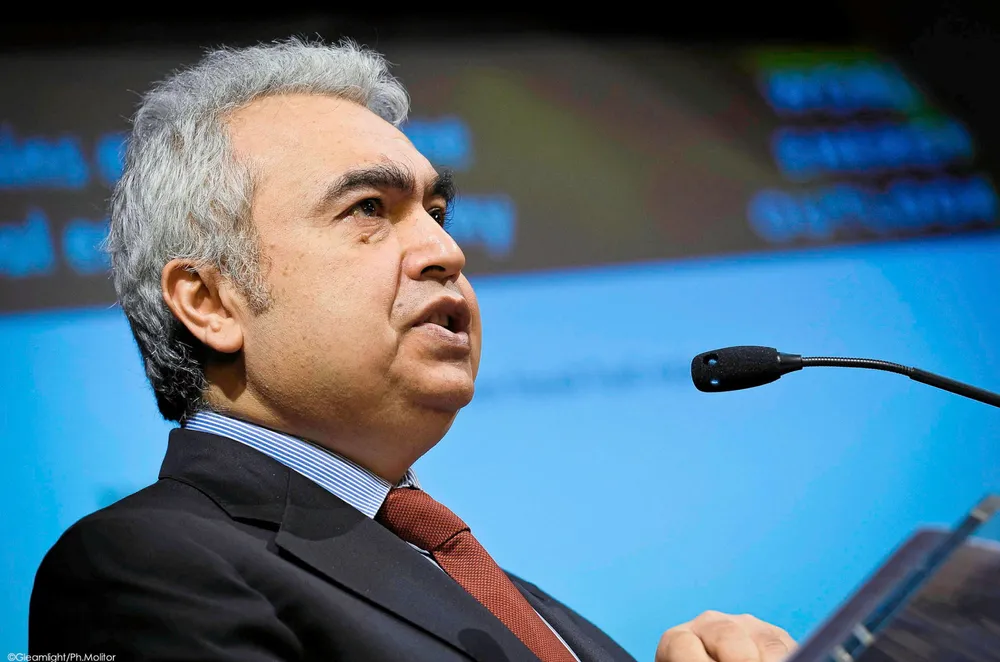Booming solar, storage investment puts world on track to meet or exceed 2030 deployment targets: IEA
China's overwhelming dominance looks set to remain throughout the decade, but others are catching up, particularly in batteries, the International Energy Agency found

Clean energy manufacturing investment surged 70% last year, driving 4% of global GDP growth and even overreaching in some segments on 2030 decarbonisation goals, the International Energy Agency (IEA) revealed in a report released Monday.
Manufacturing investment in five key clean energy technologies – solar, battery storage, wind, electrolysers, and heat pumps – now comprises 10% of global investment growth, IEA said.
Nearly all of this is in solar and storage, which make up 90% of the global total. Investors lavished $80bn on solar PV, while storage investment rocketed 60% to $110bn.
“Record output from solar PV and battery plants is propelling clean energy transitions – and the strong investment pipeline in new facilities and factory expansions is set to add further momentum in the years ahead,” said IEA executive director Fatih Birol.
“The direction of travel is clear. Policy makers have a huge opportunity to design industrial strategies with clean energy transitions at their core,” he added.
Wind, electrolysers, and heat pumps accounted for a much smaller fraction of total investment, the report said, at only 4% last year. Wind energy manufacturing investment actually fell in 2023.
Some 40% of investments in 2023 are slated to begin operating this year – 70% for storage – strengthening “near-term momentum for clean manufacturing”, the report highlighted.
For solar, current manufacturing capacity combined with new projects under construction or having reached final investment decision through 2025 “would exceed by 50% the global solar PV deployment needs in 2030”, based on 2050 net zero targets.
Current and committed capacity could meet 55% of battery cell requirements as well, the report said. Global battery manufacturing reached 2.5TWh last year, three times current demand, and could exceed 9TWh by 2030, putting net zero battery storage needs “within reach”.
Existing wind capacity combined with announced projects could meet 62% of net zero energy needs by 2030.
China's leadership
China remains the clean energy manufacturing leader by a long stretch, alone accounting for three quarters of Capex. China is currently home to more than 80% of global solar PV module manufacturing capacity.
Cost is key, and investments in China come in 70-130% cheaper than in the US and Europe, and 20-30% less than in India.
China’s dominance “looks unlikely to change significantly this decade”, IEA said, noting the country is set to match or exceed the capacity additions planned elsewhere, including the US and India.
Europe and the US are catching up in certain segments, though, and IEA finds that they could reach 15% each of global battery cell manufacturing by 2030.
Despite China's lower costs, Capex is only a small percentage of total expenditures, IEA found, while operational costs, including energy, labour, and materials, comprise 70-98% of the total.
“Production cost gaps seen today are not immutable and can be influenced by policy,” the report said, adding that driving down energy, materials and components expenditures is “an important lever for reducing cost gaps”.
IEA stressed that many factors besides the cost of manufacturing shape the decisions of firms to invest, including the size of the domestic market, the availability of skilled workers, infrastructure readiness, permitting processes and other regulatory regimes, and others.
The energy research and policy agency of the United Nations stressed the need for nations to play to strengths, support innovation and research and development, and make strategic investments to drive down costs in renewables production.
(Copyright)